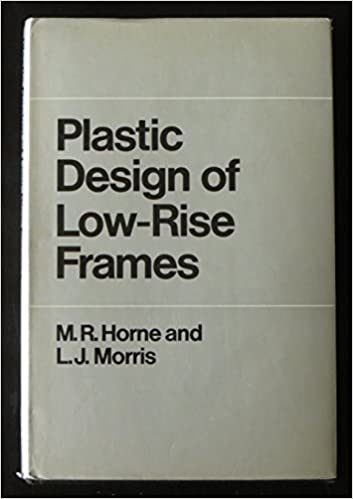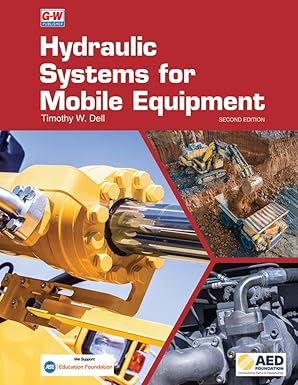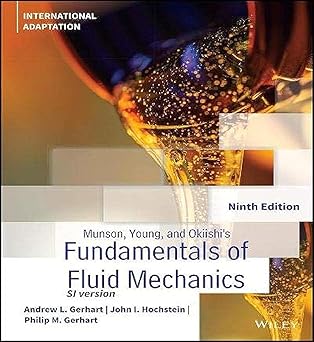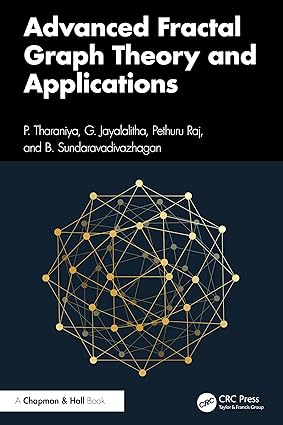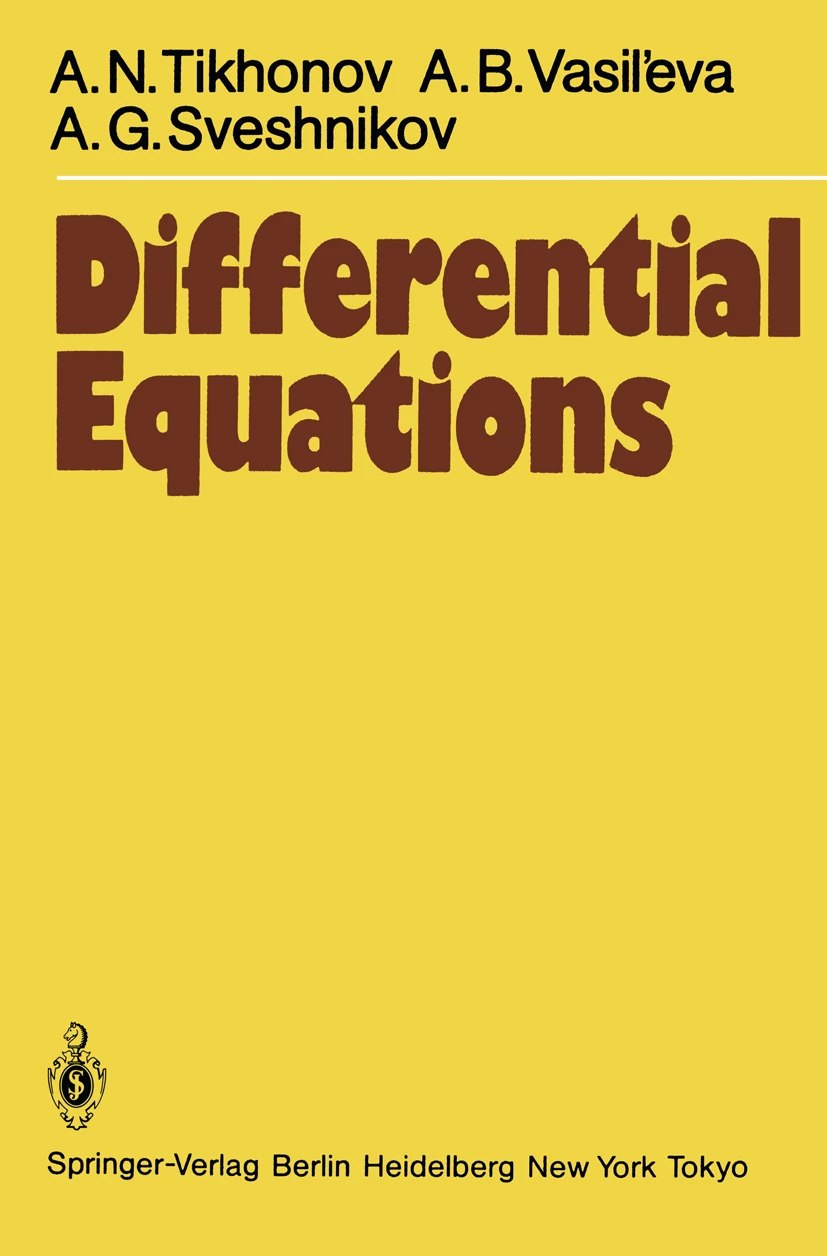The technique of plastic design has many advantages over the traditional elastic design technique. The methodology was developed in large part by M. R. Horne and his co-workers, and first came into wide-spread practical application in Britain. With the publication of this book, American designers and engineers will be given easy access to the latest developments in the theory and practice of plastic design.
The advantages of this technique for simple beam systems and single-story buildings are considerable: plastic design represents a more rational approach and the analysis can be accomplished quickly and directly, and it facilitates economies in the use of materials. Moreover, the methods can be readily extended to buildings that are several stories (four or five) high.
The first chapter reviews the fundamental methods of plastic analysis. Following chapters take up such topics as plastic moment distribution, modifying factors in plastic bending, frame stability and deflections (including the destabilizing effects of column axial loads on frames), the rigid-plastic behavior of a frame, and the elastic-plastic behavior of frames. A final chapter explains various practical considerations, such as joint design and the stiffening effects of cladding. All the chapters are linked so that the flow of the presentation is even throughout.
The book considers whole structures as well as the behavior of various elements. Numerous worked examples are presented, some of which are taken from actual designs.
M. R. Horne is Beyer Professor of Civil Engineering at the University of Manchester and author of Plastic Theory of Structures. L. J. Morris is a senior lecturer on the Manchester civil engineering faculty. The book is the second in the MIT Press Series in Structural Mechanics, edited by H. Max Irvine.
چکیده فارسی
تکنیک طراحی پلاستیک مزایای زیادی نسبت به تکنیک طراحی سنتی الاستیک دارد. این روش تا حد زیادی توسط M. R. Horne و همکارانش توسعه یافت و برای اولین بار در بریتانیا کاربرد عملی گسترده ای پیدا کرد. با انتشار این کتاب، دسترسی آسان طراحان و مهندسان آمریکایی به آخرین پیشرفتها در تئوری و عمل طراحی پلاستیک فراهم میشود.
مزایای این تکنیک برای سیستمهای تیر ساده و ساختمانهای یک طبقه قابل توجه است: طراحی پلاستیک رویکرد منطقیتری را نشان میدهد و تجزیه و تحلیل را میتوان سریع و مستقیم انجام داد و صرفهجویی در استفاده از مصالح را تسهیل میکند. علاوه بر این، این روشها را میتوان به آسانی به ساختمانهایی که چندین طبقه (چهار یا پنج) ارتفاع دارند، گسترش داد.
فصل اول به بررسی روش های اساسی تحلیل پلاستیک می پردازد. فصل های بعدی به موضوعاتی مانند توزیع ممان پلاستیکی، عوامل اصلاح کننده در خمش پلاستیک، پایداری و انحراف قاب (شامل اثرات بی ثبات کننده بارهای محوری ستون بر روی قاب ها)، رفتار صلب-پلاستیک یک قاب، و رفتار الاستیک-پلاستیک قاب می پردازد. قاب ها فصل آخر ملاحظات عملی مختلف، مانند طراحی مفصل و اثرات سفت کننده روکش را توضیح می دهد. همه فصل ها به گونه ای پیوند داده شده اند که جریان ارائه در سرتاسر یکسان باشد.
این کتاب کل ساختارها و همچنین رفتار عناصر مختلف را در نظر می گیرد. نمونه های کار شده متعددی ارائه شده است که برخی از آنها برگرفته از طرح های واقعی است.
M. R. Horne استاد Beyer مهندسی عمران در دانشگاه منچستر و نویسنده نظریه پلاستیک سازهها است. L. J. Morris یک مدرس ارشد در دانشکده مهندسی عمران منچستر است. این کتاب دومین کتاب از سری مطبوعات MIT در مکانیک سازه است که توسط H. Max Irvine ویرایش شده است.
ادامه ...
بستن ...
ISBN-13: 978-0262081238
ISBN-10: 0262081237
ادامه ...
بستن ...
